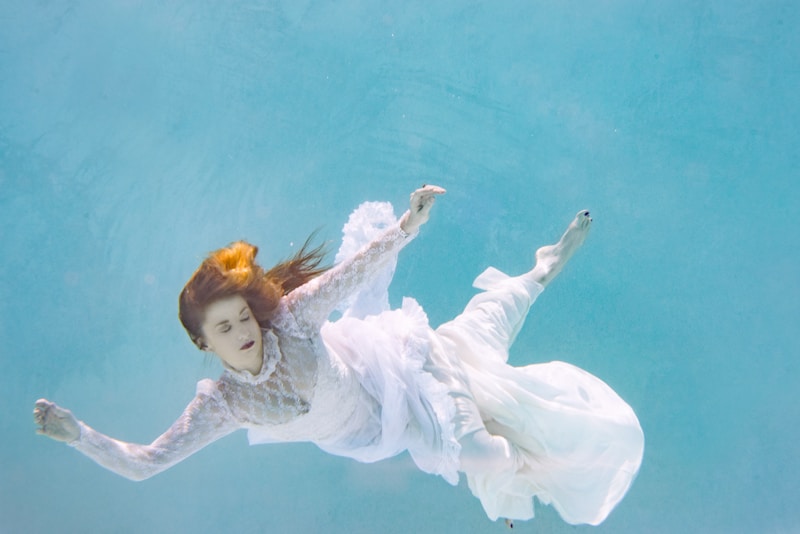Fashion Evolution in Bridal Wear: A Journey Through Time
Introduction to Bridal Fashion Evolution
The world of bridal wear is a fascinating tapestry woven from history, culture, and individual expression. Over the centuries, the tradition of brides donning special attire has transformed significantly, reflecting societal values, economic changes, and technological advancements. In this article, we will delve deep into the evolution of bridal fashion, exploring its roots, milestones, and the emerging trends that continue to shape it today.
Historical Overview
The concept of wearing special clothing for a wedding can be traced back thousands of years. From ancient Rome to the modern era, bridal wear has continuously evolved, influenced by various cultures and customs:
| Era | Key Features |
| Ancient Times | Brides typically wore their best dresses, often in bright colors, reflecting joy. |
| Middle Ages | Wealthy brides adorned themselves in rich fabrics, while modest dresses characterized the lower classes. |
| Renaissance | Bridal gowns featured intricate embroidery and heavier materials, with a focus on lavishness. |
| Victorian Era | The introduction of the white wedding dress by Queen Victoria, leading to widespread adoption. |
| Modern Era | Diversity in styles, fabrics, and cultural influences with emphasis on personal choice. |
Key Milestones in Bridal Wear Evolution
The White Wedding Dress
One of the most significant transformations in bridal fashion occurred in the 19th century when Queen Victoria married Prince Albert in 1840, wearing a white silk gown. This choice was revolutionary, as brides had traditionally worn colorful dresses. The white wedding dress quickly became a symbol of purity and innocence, cementing its place as a timeless tradition in Western weddings. Today, while white is still popular, brides are increasingly opting for colors that express their personality, such as blush, champagne, and even bold shades like red and blue.
Global Influences
As global communication and travel have become more accessible, cross-cultural influences have had a significant impact on bridal wear. For instance, brides in South Asia often wear bright colors and intricate designs, reflecting their rich cultural heritage. In contrast, Scandinavian brides might opt for minimalist styles characterized by clean lines and natural fabrics. This blending of styles enriches the bridal fashion landscape, offering an array of choices for brides worldwide.

Technological Advancements in Fabrication
The advent of technology has revolutionized the way bridal garments are designed and manufactured. Innovations such as 3D printing, laser cutting, and digital fabric printing have enabled designers to offer unique and intricate designs that were once impossible to create. This technological shift has not only enhanced creativity but also improved sustainability by allowing for better use of fabrics and resources.
Current Trends in Bridal Wear
As we delve into the present and future, several trends are shaping the bridal fashion scene:
Customization and Personalization
Today's brides desire to stand out. Customization options such as bespoke dresses, personalized embroideries, and unique fabric choices are in high demand. Many bridal boutiques now offer tailored services, allowing brides to work closely with designers to create a dress that reflects their personal style. This shift signifies a move away from one-size-fits-all approaches, promoting individuality in bridal fashion.
Sustainable Bridal Wear
With growing concerns about environmental sustainability, many brides are now looking for eco-friendly options. Sustainable materials, vintage dresses, and ethical practices in bridal fashion are increasingly sought after. Designers are responding by creating collections made from organic cotton, bamboo silk, and recycled materials. This trend not only helps protect the environment but also allows brides to feel good about their choices.
Bridal Accessories: A Statement of Style
Accessories have also become a focal point in modern bridal fashion. From statement headpieces to elaborate veils and exquisite jewelry, accessories are now seen as essential components of the bride's ensemble. Bridal collections are increasingly highlighting these details, allowing brides to express their unique styles through various accessory choices.
Conclusion: Embracing the Future of Bridal Fashion
The evolution of bridal wear is a testament to the dynamic nature of fashion, continually transforming alongside societal changes and cultural influences. As we move forward, embracing personalization, sustainability, and technological advancements will undoubtedly shape the future landscape of bridal fashion. Brides today have more choices than ever, allowing them to curate their wedding day look that reflects their individuality.
Final Thoughts and Recommendations
For brides exploring their bridal fashion, it is crucial to consider the current trends while also honoring personal style and cultural significance. Here are a few recommendations:
- Research various styles that resonate with your personality.
- Consider sustainable options to reduce the environmental impact of your wedding.
- Don't shy away from customization; work with designers to create a dress that truly is yours.
- Explore different cultures for inspiration, as they often bring unique designs and meanings.
In conclusion, the journey of bridal fashion is rich and varied, much like the brides themselves. Whether leaning towards tradition or forging a new path, every bride has the opportunity to tell her story through her wedding attire.